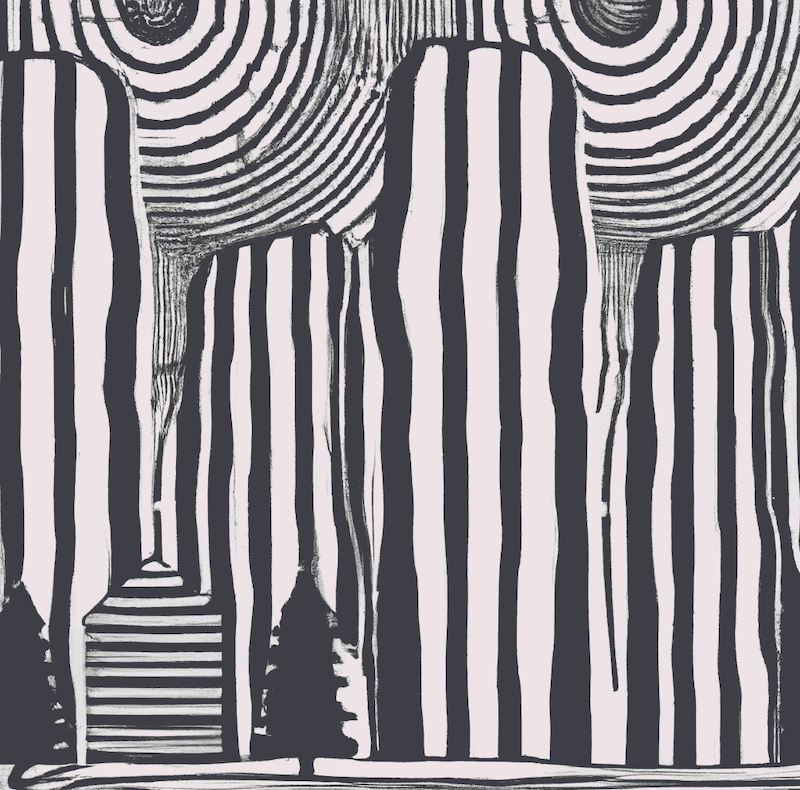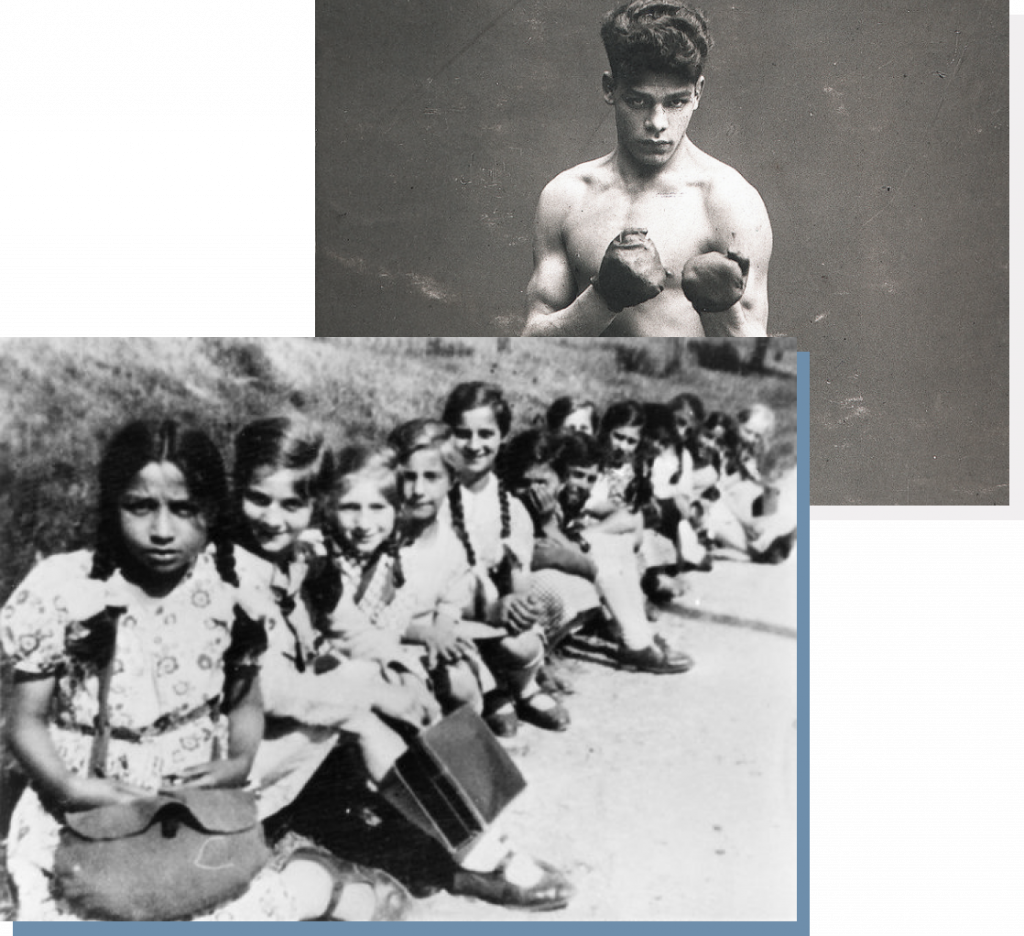01
AUSCHWITZ. THE EXTERMINATION

Auschwitz is the central site of the extermination of Roma and Sinti people in Europe during Nazism. Defined as antisocial and nomadic by race, categorised as 'gypsies', sterilised, deprived of citizenship and imprisoned in forced break camps, ghettos and lagers, from March 1943, Sinti and Roma people were deported to the Zigeunerlager in Birkenau, to be exterminated.
Just on the night of 2 August 1944, with the liquidation of the Zigeunerlager, more than four thousand lives were wiped out.
There were 23,000 Sinti and Roma people exterminated at Auschwitz-Birkenau.

Pino Petruzzelli reads 'The heart in the tin box' by Morena Pedriali - prologue
Auschwitz
Muj shukho
Jakha kale
Wust shurde.
Kwite.
Jilo cindo
Bi dox
Bi lav
Nikht rovibe.
Auschwitz
Sunken in face
Extinguished eyes
Cold lips
Silence
A torn heart
Without breath
Without words
No tears.
Jewish testimonies from the night of the extermination of Roma and Sinti people in Auschwitz-Birkenau
The genocide of Roma and Sinti people and the Jewish Holocaust illuminate each other, the first witnesses to the extermination of the 'Gypsy camp' in Birkenau were Italian-Jewish survivors of the lager, who recounted what they saw on the night of 2 August 1944. In 2019, the Auschwitz State Museum ascertained that there were more than 4,000 victims on that night, whereas initially it was thought there had been almost 3,000.
"That morning I realised what extermination was. We were in an extermination camp and we knew there were gas chambers, but to see that image, to see those gaping doors of the Zigeunerlager barracks and not hear a single voice, to hear that absolute silence was truly shocking."

Top photo: Johann Wilhelm Trollmann, a Sinto boxer who was deported to Auschwitz
Bottom photo: Sinti and Roma children from an orphanage in Mulfingen, who were later deported to Auschwitz
The voices of Sinti and Roma people told of persecution, extermination and Auschwitz, but were belatedly heard and collected
“From the main camp in Auschwitz, together with other prisoners, we were taken to Birkenau, had our sleeves rolled up and a Pole named Bogdan, with a kind of fountain pen, tattooed a number on our arm - mine was Z 6084.”

Otto Rosenberg photographed with the remainder of his family
Hugo Hollenreiner - Monaco, 15.12.1933 - Ingolstadt, 10.06.2015
A German Sinti person, deported to Auschwitz with his entire family in 1943.
“Il 3 marzo 1943 siamo nate mia sorella Rolanda ed io, subito dopo la nascita siamo state portate via dalla Gestapo e Werner Heyde ci sottopose a esperimenti medici. Mia sorella Rolanda morì pochi giorni dopo la nascita: avevano provato a cambiarle il colore degli occhi.”

